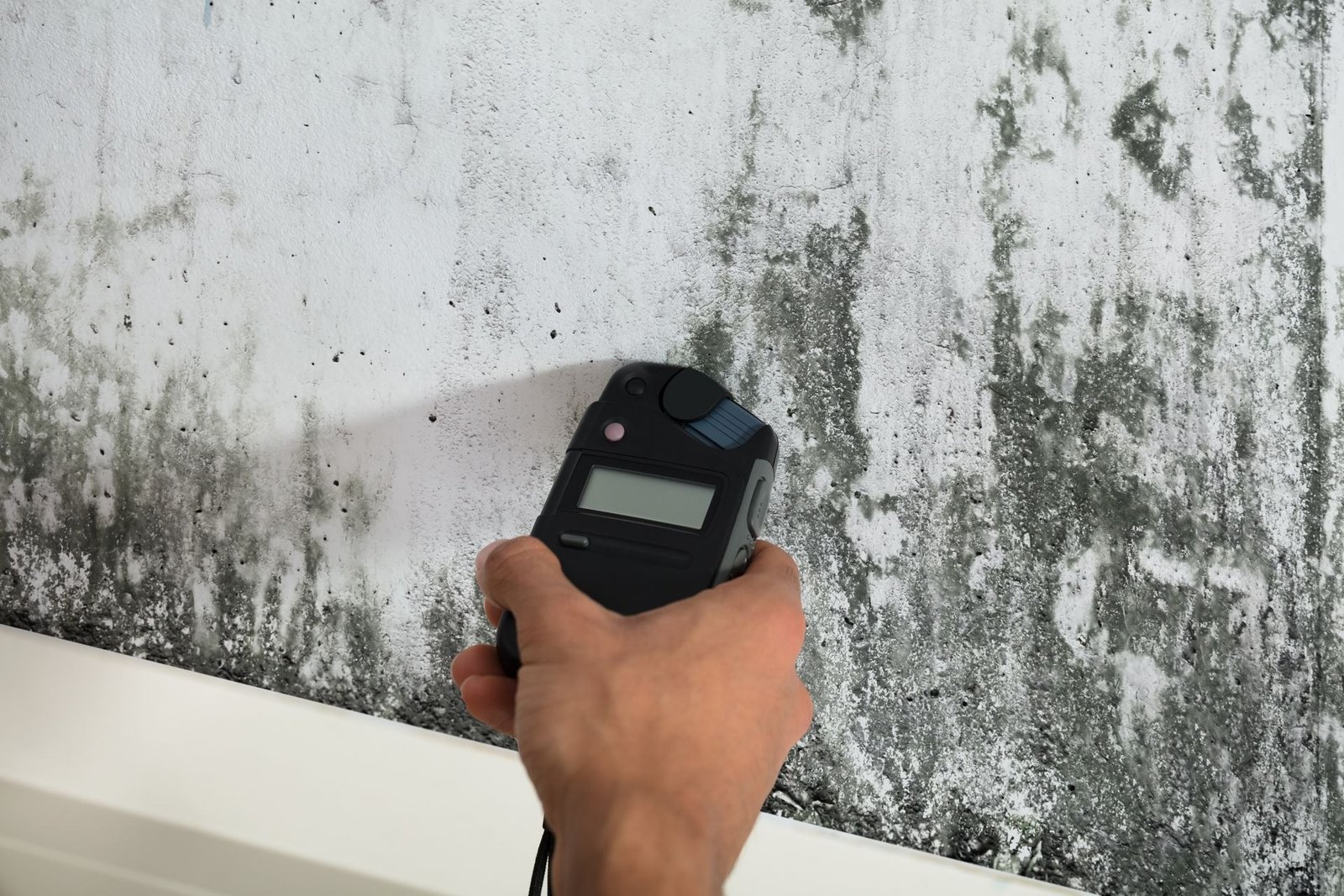Tritium exit signs are an essential component of safety systems in buildings across the world. These signs are self-luminous, requiring no external power source, making them highly reliable in emergency situations such as power outages. Due to their independence from electricity, tritium exit sign are commonly used in commercial buildings, schools, hospitals, and even government facilities. However, despite their advantages, tritium exit signs must be handled carefully due to the radioactive nature of the material they contain.
In this article, we will provide a comprehensive overview of what tritium exit signs are, their benefits, and the correct procedures for handling, disposal, and regulatory compliance.
What is a Tritium Exit Sign?
A tritium exit sign is a self-illuminating sign that utilizes the radioactive isotope tritium (H-3) to produce light. Tritium is a low-energy beta emitter that, when encased in phosphor-lined glass tubes, causes the phosphor to glow. This glow is sufficient to make the exit sign visible even in total darkness, without the need for batteries or electricity. These signs are highly favored for their durability and the fact that they function independently of external power sources.
How Does Tritium Work in Exit Signs?
Tritium, a form of hydrogen, emits beta particles. When these beta particles strike the phosphor coating inside the glass tubes, they cause the material to emit visible light. This process is continuous and can last for 10 to 20 years, depending on the amount of tritium used in the sign. Over time, the intensity of the light decreases as the tritium undergoes radioactive decay, eventually necessitating replacement.
The Lifespan of Tritium Exit Signs
Tritium exit signs have a lifespan that typically ranges from 10 to 20 years. The duration depends on the amount of tritium used and the manufacturing quality. After this period, the glow diminishes to a point where the sign is no longer effective, requiring replacement.
Benefits of Tritium Exit Signs
Tritium exit signs offer several key benefits that make them ideal for use in various settings:
1. No Need for External Power
Because tritium signs are self-luminous, they do not require an electrical connection. This makes them highly reliable in scenarios where power might be compromised, such as during fires or natural disasters. Their independence from electrical systems also means that they are unaffected by power outages or failures, ensuring continued visibility in emergency situations.
2. Low Maintenance
Since these signs do not rely on electricity or batteries, they require minimal maintenance over their lifespan. Unlike battery-powered signs, which need periodic battery changes, or hardwired signs that require constant power, tritium exit signs can operate for many years without any intervention.
3. Ideal for Remote Locations
Tritium exit signs are particularly useful in remote locations where running electrical power might be difficult or expensive. These signs can be installed in places where traditional electrically powered signs may not be feasible, such as rural buildings, underground structures, or other off-grid environments.
4. Durability and Long-Lasting Performance
With an operational life of 10 to 20 years, tritium exit signs offer a long-term safety solution. The absence of moving parts or complex mechanisms reduces the risk of malfunction, and their robust design ensures they can withstand harsh environments, including extreme temperatures and humidity.
Safety Considerations for Tritium Exit Signs
Although tritium is a radioactive substance, it is considered low-risk due to its inability to penetrate human skin. However, like any radioactive material, it must be handled with care, particularly when a sign is damaged or reaches the end of its useful life. Here are important safety guidelines:
1. Tritium Containment
The tritium in exit signs is securely contained within sealed glass tubes. As long as the glass tubes remain intact, the tritium poses no risk to human health. However, if a sign is damaged, broken, or leaking, there is a potential risk of tritium gas escaping. While tritium cannot penetrate skin, inhaling or ingesting tritium gas could be hazardous.
2. Radiation Exposure
The radiation emitted by tritium is very weak and poses little external hazard. Tritium exit signs do not emit gamma rays or other high-energy radiation types that can travel long distances. However, direct exposure to tritium gas, such as in the case of a leak or breakage, should be avoided, as internal exposure can increase health risks.
3. Immediate Steps if a Tritium Sign is Broken
If a tritium exit sign is broken, follow these immediate steps:
- Evacuate the area to minimize exposure.
- Ventilate the space by opening windows and doors to allow the tritium gas to disperse.
- Contact a licensed hazardous materials (HAZMAT) professional or the relevant regulatory authority to handle cleanup and disposal.
- Avoid any direct contact with the damaged materials.
Disposal and Regulatory Compliance
Tritium exit signs cannot be disposed of like regular trash due to the radioactive material they contain. There are strict federal and state regulations that dictate how these signs must be handled at the end of their lifespan. The disposal of tritium exit signs is overseen by agencies such as the U.S. Nuclear Regulatory Commission (NRC) and the Environmental Protection Agency (EPA).
1. Proper Disposal Process
To dispose of a tritium exit sign, follow these steps:
- Contact the Manufacturer or Supplier: Many manufacturers of tritium exit signs offer a take-back program for expired signs. This ensures that the sign is disposed of properly without causing environmental harm.
- Use a Licensed Radioactive Waste Disposal Company: If the manufacturer does not offer a disposal service, you must work with a licensed radioactive waste disposal company. They will collect and transport the sign to an approved facility for proper disposal.
- Keep Documentation: Always maintain documentation of the disposal process, including receipts and proof that the sign was properly handed over to a licensed facility. This is important for regulatory compliance and in case of future audits or inspections.
2. Penalties for Improper Disposal
Improper disposal of tritium exit signs can lead to significant fines and legal penalties. Given the radioactive nature of tritium, authorities take non-compliance with disposal regulations very seriously. Organizations found to have improperly disposed of tritium exit signs could face penalties from both state and federal regulatory agencies.
3. Regulatory Bodies and Guidelines
The NRC oversees the use and disposal of radioactive materials in the United States, including tritium exit signs. The EPA also provides guidelines on handling radioactive materials and ensures that disposal practices do not negatively impact the environment. It is essential for organizations to follow all applicable guidelines and regulations to avoid legal repercussions.
Alternatives to Tritium Exit Signs
Although tritium exit signs are reliable, there are alternative options for exit signage that some organizations may prefer due to regulatory concerns or specific environmental policies.
1. LED Exit Signs
LED exit signs are powered by electricity and provide bright, consistent illumination. These signs are highly energy-efficient, have long lifespans, and are now available with battery backup options to ensure functionality during power outages.
2. Photoluminescent Exit Signs
Photoluminescent exit signs absorb ambient light and then glow in the dark. These signs require exposure to light to “charge” and are environmentally friendly as they do not contain radioactive materials. However, they may not be as reliable in environments where consistent light exposure is not guaranteed.
3. Electrical Incandescent Exit Signs
Although less energy-efficient than LED options, incandescent exit signs are another traditional option. However, they require regular maintenance, particularly in replacing bulbs, and are not as cost-effective over the long term.
Conclusion: The Importance of Safe Tritium Exit Sign Management
Tritium exit signs offer reliable, long-lasting emergency illumination, making them a valuable asset in safety systems. However, their radioactive content necessitates careful handling, particularly during disposal. Compliance with federal and state regulations ensures that these signs do not pose a risk to human health or the environment when they reach the end of their lifespan.
By following proper disposal practices, working with licensed waste disposal companies, and keeping thorough documentation, organizations can safely manage tritium exit signs while maintaining regulatory compliance.



